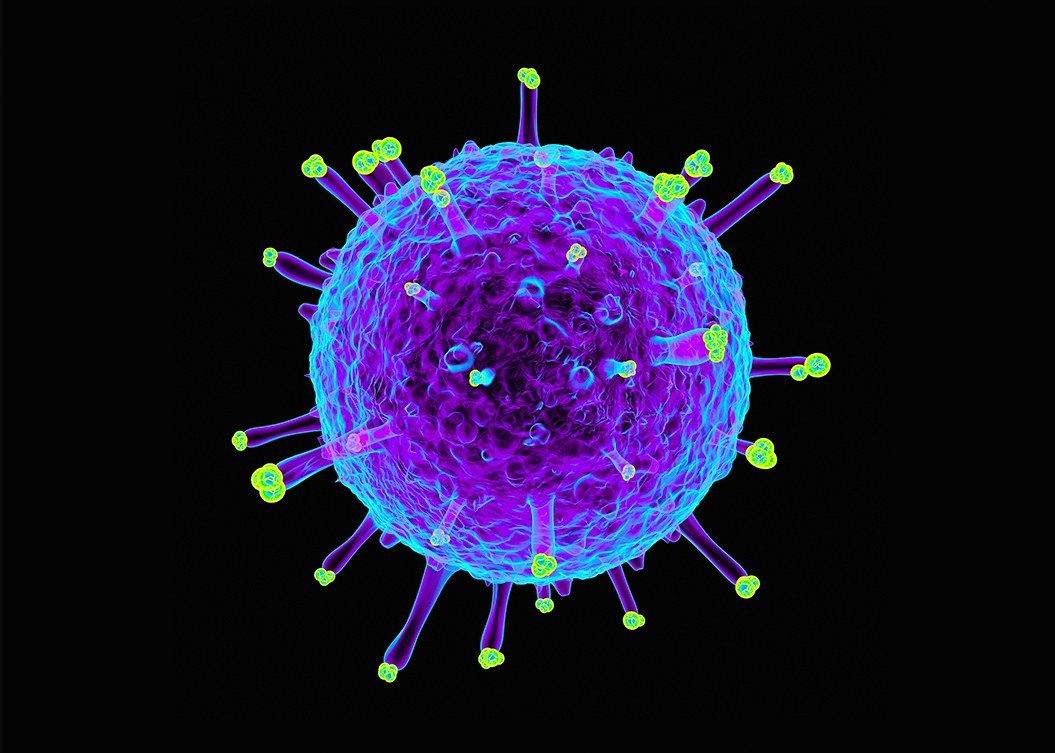Universal Flu Vaccine Constituting Double-Layered Protein Nanoparticles In Works
As of late January, the 2017-2018 flu season was called “intense” by Dr. Brenda Fitzgerald, director of the Centers for Disease Control and Prevention.
According to the Centers for Disease Control and Prevention (CDC), influenza — more commonly known as the flu — has killed somewhere between 12,000 and 56,000 people in the United States since 2010. People need to be vaccinated for influenza each year, due to the way the virus constantly evolves to deceive the immune system.
While vaccine effectiveness can vary, recent studies show that flu vaccination reduces the risk of flu illness by between 40% and 60% among the overall population during seasons when most circulating flu viruses are well-matched to the flu vaccine.
In general, current flu vaccines tend to work better against influenza B and influenza A(H1N1) viruses and offer lower protection against influenza A(H3N2) viruses.
Now a team of researchers from Georgia State University may be close to creating a universal vaccine that works for all strains of type A influenza.
If you look at a virus under a microscope, you’ll see a ball with lots of tiny “stalks” poking out of it. These are proteins on its surface, and
in the influenza virus it’s known as hemagglutinin (HA). The proteins help the virus cling to the host’s cells, particularly in the nose, throat and lungs, where it grows and spreads.Generally, flu shots contain inactivated virus particles constituted by heads of these proteins. This alerts the immune system to what it should be watching out for, helping it to quickly fight off the virus if it ever detects those proteins again. And most of the time, that’s an effective strategy.
But then, it is unfortunately foolproof. These protein heads are the parts of the virus that mutate the fastest, meaning there’s a lot of variation between different species of influenza and even within a species year-to-year.
“Vaccination is the most effective way to prevent deaths from influenza virus, but the virus changes very fast and you have to receive a new vaccination each year,” says Bao-Zhong Wang, co-author of the study. “We’re developing a universal influenza vaccine. You wouldn’t need to change the vaccine type every year because it’s universal and can protect against any influenza virus.”
“What we wanted to do is to induce responses to this stalk part of the influenza surface glycoprotein, not the head part. This way you’re protected against different viruses because all influenza viruses share this stalk domain. However, this stalk domain itself isn’t stable, so we used a very special way to make this vaccine construct with the stalk domain and had success. We assembled this stalk domain into a protein nanoparticle as a vaccine. Once inside, the nanoparticle can protect this antigenic protein so it won’t be degraded. Our immune cells have a good ability to take in this nanoparticle, so this nanoparticle is much, much better than a soluble protein to induce immune responses.”
To determine the effectiveness of the nanoparticle vaccine, the researchers immunized mice twice with an intramuscular shot. Then, the mice were exposed to several influenza viruses: H1N1, H3N2, H5N1 and H7N9. Immunization provided universal, complete protection against lethal virus exposure and dramatically reduced the amount of virus in the lungs.
Next, the researchers would like to test the nanoparticle vaccine in ferrets, which are similar to humans in the orchestration of their respiratory system.
“This vaccine is composed of very conserved domains. That’s the reason why the induced immunity can offer universal protection,” said Dr. Lei Deng, first author of the study and a postdoctoral researcher in the Institute for Biomedical Sciences at Georgia State. “The seasonal influenza vaccines induce the dominant immune response against the head domain of the HA molecules, which is hypervariant. That is why we have to adopt new influenza strains for the new vaccine every year. Our vaccine overcomes this problem. For long-term protection, longevity of induced immunity in human still needs to be tested in further clinical tests.”































